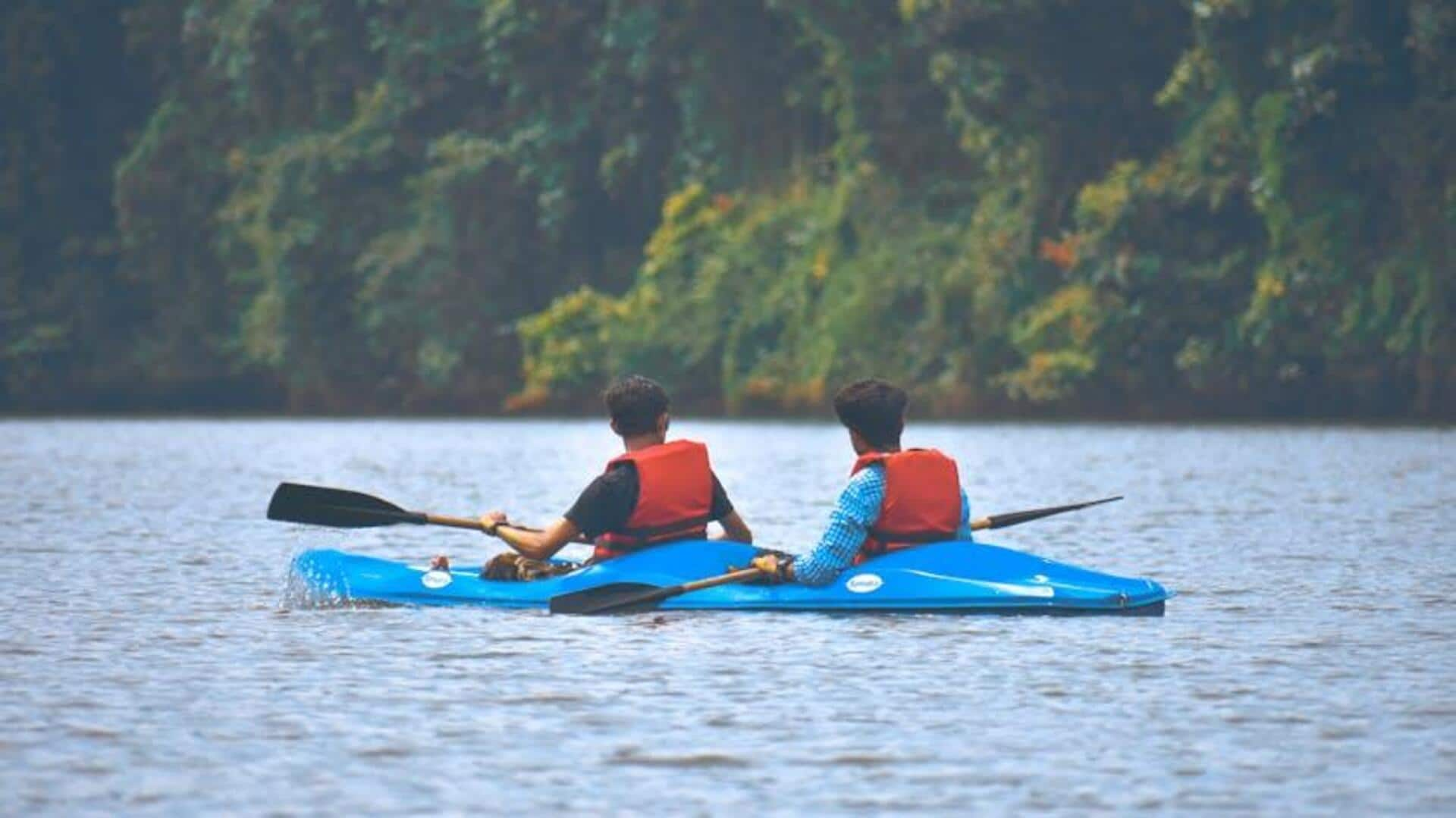
Kayaking through mangroves: A guide
What's the story
Kayaking through mangroves provides a unique opportunity to explore some of the most biodiverse ecosystems on the planet. These coastal forests are home to a variety of wildlife, making them an ideal spot for nature lovers. Whether you're a seasoned kayaker or a beginner, navigating these waters can be an unforgettable experience. Here are some tips and insights to help you make the most of your mangrove kayaking adventure.
Tip 1
Choosing the right kayak
Selecting the right kayak is essential for a successful mangrove adventure. A sit-on-top kayak is recommended for beginners as it offers stability and ease of use. If you're more experienced, a sea kayak may provide better speed and efficiency in open waters. Ensure that your kayak is equipped with necessary safety features like flotation devices and paddles that are suitable for narrow waterways.
Tip 2
Understanding tidal patterns
Tides play a major role in mangrove ecosystems, affecting water levels and currents. Before heading out, check local tide schedules to plan your trip accordingly. Kayaking during high tide can make navigation easier by submerging roots and obstacles, while low tide may expose more wildlife along the banks. Understanding these patterns will enhance your experience and keep you safe.
Tip 3
Wildlife spotting tips
Mangroves are home to a variety of species, from birds to reptiles and marine life. To spot wildlife, maintain silence and patience as you glide through the waters. Early morning or late afternoon are ideal times for sightings when animals are most active. Carry binoculars for bird watching and keep a respectful distance from all creatures to avoid disturbing their natural habitat.
Tip 4
Safety precautions
Safety should always be your top priority while kayaking in mangrove forests. Wear a life jacket at all times, even if you are an experienced swimmer. Inform someone about your plans before heading out, including expected return times. Carry essential supplies such as water, snacks, sunscreen, insect repellent, and a first aid kit in case of emergencies.